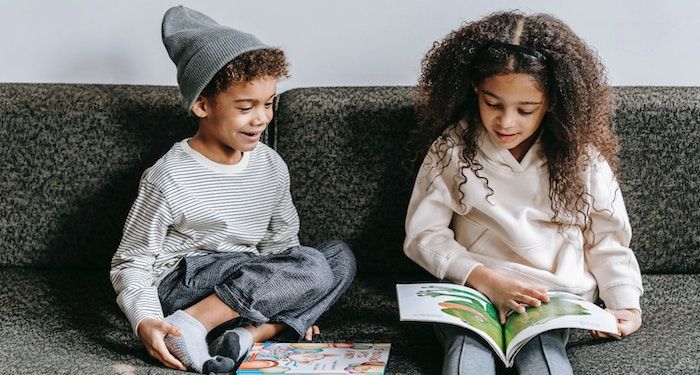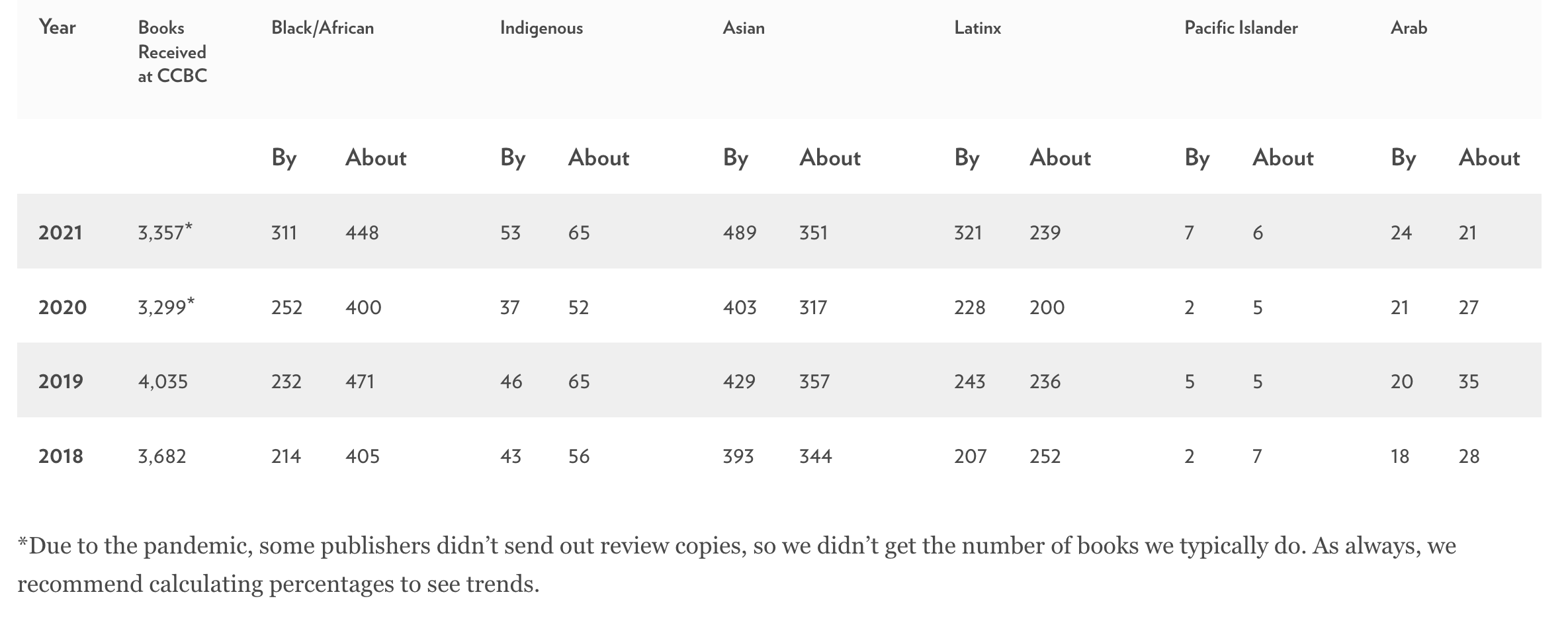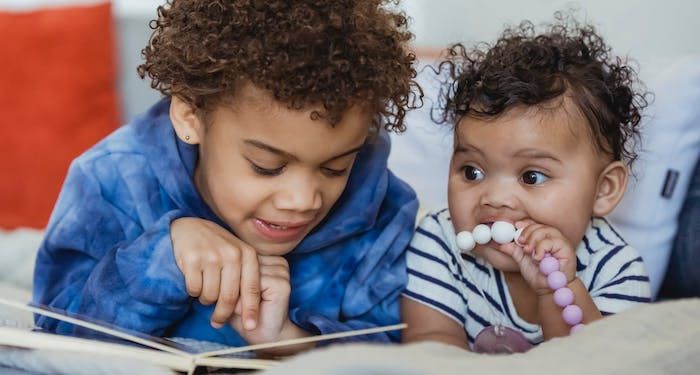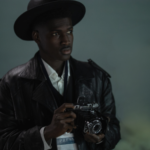
Reading Authentically: The Current State of Diversity in Picture Books
Over the past year, when I would scan the bright, glossy picture book shelves of libraries and shops, it finally seemed like more covers featured diverse characters. At last, a multitude of books like Fatima’s Great Outdoors and Room for Everyone about little humans of varying races and cultures!
It’s heartening to see, but before we get too busy throwing a party about how far the publishing industry has come, there is still a ways to go. Disappointingly, in researching the lists I write for Book Riot and my library job, many picture books featuring kids of color are still being written by white authors.
Current Statistics About Diversity in Picture Books
The Cooperative Children’s Book Center (CCBC) found that, since 2018, there has been an uptick in characters with “brown skin and of unspecified race or ethnicity, with no visible cultural markers in either the story or the art.”
The CCBC’s 2021 statistics include “data on books by and about Black, Indigenous and People of Color published for children and teens.” The center compared how many books printed were by and/or about people self-identifying as part of those communities and what they found was interesting.

You can see the variances between groups. For instance, the CCBC surveyed 448 books about Black characters, yet only 311 were by Black creators. Asian creators worked on 489 titles, but only 351 books featured Asian characters. The category for Pacific Islanders had the lowest numbers: seven books by authors self-identifying as Pacific Islanders, six of which portrayed their culture. Also, if you visit the CCBC’s FAQ about the stats, you learn more details about the breakdown.
The Importance of Authenticity
So, yes, diversity in picture books is improving. But whitewashing remains a structural problem — baked right into who has most of the jobs in the industry. Lee & Low’s 2019 Baseline Survey found that 76% of people working in publishing self-identify as white. The work of diversifying any industry is usually led by people of color, therefore diversity in publishing is limited because so much of their staffing is white. Lee & Low found that the “percentage of people in Editorial who self-identified as White increased from 82 percent to 85 percent”, which means that many of the staff who acquire new titles are white. Some of that staff might not prioritize diversity. It might not even be on their radar. And if it isn’t important to the individuals in charge, then they are less inclined to take a chance on hiring people of color who don’t have already proven track records. I’d guess that mainstream publishers prefer the surefire success of using a big-name, already established white author.
The CCBC’s Madeline Tyner explains that, yes, visibility is essential, but it’s even more crucial that these portrayals come from an authentic place. In a post, Tyner wrote, “many book creators of color are writing and/or illustrating books without cultural content that reflects their own backgrounds. Among the 3,700 books we received in 2017, we counted 22 books by Black authors and illustrators; 0 books by American Indian/First Nations authors; 152 books by authors and illustrators of Asian/Pacific heritage; and 43 books by Latinx authors and illustrators that did not reflect the cultural origins of their creators.”

And while it is wonderful to see the diversification of children’s books, it is vital for children to have access to authentic stories written and illustrated by people from those cultures. I’ll give an example from my own experience growing up Jewish. Now, someone who isn’t Jewish can, of course, read all about Hanukkah and Purim, and could potentially write a lovely book about it. But do they know the nuances of what it feels like to be a little Jewish child who never sees their holidays celebrated in pop culture? Do they know what it feels like to celebrate a holiday that many of their friends don’t even know about? These nuances are the difference between a book feeling authentic or not. And of course, it isn’t that multicultural books shouldn’t ever be written by white authors; it’s that people of color should be supported in telling their own stories.
Helpful Resources to Find Authentically Diverse Books
If you want help finding children’s books that are about people of color and written and illustrated by them as well, these three sites are wonderful resources: Social Justice Books, The Brown Bookshelf, and Diverse Book Finder. Also, a really incredible publishing imprint is Versify, which creates children’s titles exclusively by authors from marginalized groups. (And their books are so, so good.)
Each culture has its own identifying markers and specific-to-them experiences, and it should go without saying that they should be the ones to tell their stories. So while it’s great seeing more kids of color in books overall, more need to be written by people who are a part of the community being portrayed. I believe that the publishing industry is trying to move toward using more writers and illustrators of color, but I also hope that a deeper diversification of the industry continues.
















